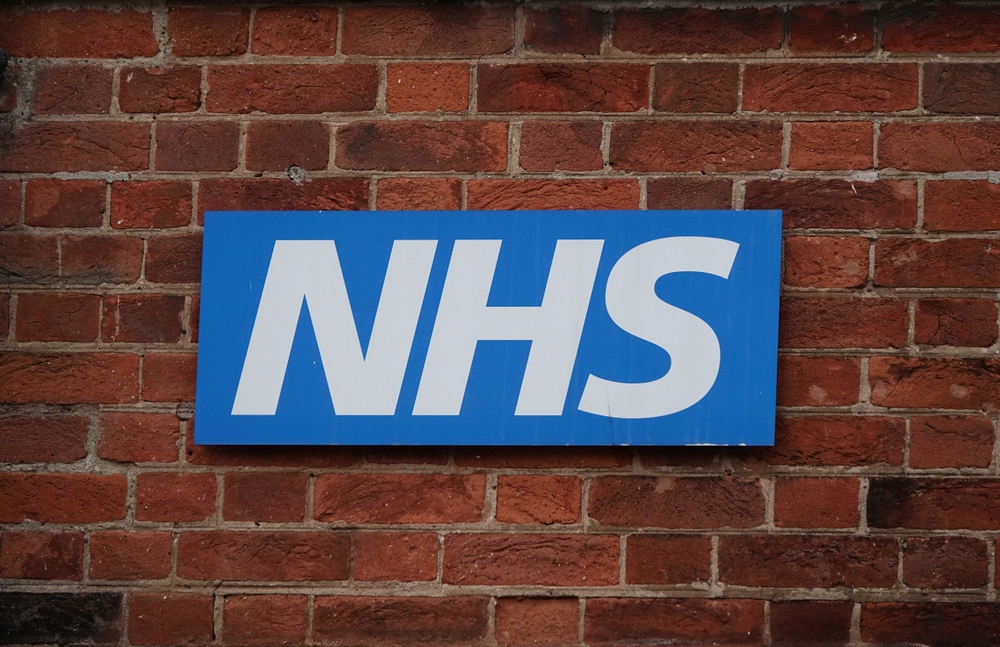The number of people waiting for NHS treatment increased by more than 19,000 in June as numbers stayed above 7.6 million people for a consecutive month, according to official data.
The data showed the number of referral to treatment (RTT) pathways where a patient was waiting to start treatment was 7,622,949 in June, up from 7,603,812 in May.
The number of unique patients was estimated to be around 6.4 million.
Of the 7.62 million awaiting treatment, in 302,693 cases the patient was waiting more than a year, in 58,024 cases they were waiting more than 65 weeks, in 2,621 cases they were waiting more than 18 months, and in 120 cases they were waiting more than two years.
In 58.9% of cases the patient had been waiting up to 18 weeks so not meeting the 92% standard.
During June 2024, 1,693,501 new RTT pathways were started and 299,182 pathways were completed as a result of admitted treatment and 1,160,980 were completed in other ways through non-admitted care.
For those pathways where the patient was waiting to start treatment at the end of June 2024, the median waiting time was 14.3 weeks. The 92nd percentile waiting time was 44.7 weeks.
Right to choose
David Hare, chief executive of the Independent Healthcare Providers Network (IHPN), said: “These latest figures show that millions of NHS patients are continuing to wait far too long to access the care they need to live happy and productive lives.
“Given these stubbornly high waiting lists, it’s vital that the public is made aware that they can cut months off their wait for care by exercising their right to choose a different provider for their NHS treatment.
“IHPN’s recent analysis found that across England, patients need to travel just 12 miles – around 25 minutes by car – to cut three months off their waiting time, with over seven in ten people stating they would be happy to travel more than 30 minutes outside of their local area to get treatment more quickly.”
Stark reminder
Danielle Jefferies, senior analyst at The King’s Fund, said: “These figures are a stark reminder that the pressure in the NHS is not going away as it grapples with ongoing industrial action, tight public finances, and a rise in the number of beds occupied by patients with Covid-19.
“This is worrying because the NHS should be working now to prepare for winter, but instead providers are using their time and money to tackle immediate pressures.
“The new government will need to be clear on how it will support the NHS and patients going into a difficult winter and will face difficult decisions on how to recover NHS performance.”
Jefferies continued that the independent review of the state of the NHS by Lord Darzi is welcome, but it may take years before the NHS once again meets its waiting time targets.
“Additionally, while there is a proposal put forth to end junior doctor strikes, this comes at the same time as GPs voting to begin collective action, which will add to existing pressures,” Jefferies continued.
“Many will share the government’s ambition to improve care for patients. But there is clearly a very rocky path ahead before we see the NHS back on its feet.”
Challenge for new government
Brett Hill, head of health and protection at Broadstone, said: “In the second set of figures since the new government took office, NHS waiting lists rose yet again to 7.62 million in June 2024, underscoring the challenge facing the new health secretary, Wes Streeting, as he seeks to turn things around.
“While the threat of junior doctors strikes has receded, GPs are now taking industrial action, meanwhile millions of people across the country are struggling to access NHS services.
“It’s no wonder the UK economy is weighed down by high sickness absence rates and low productivity.
“Access to timely and effective primary healthcare, whether that’s a GP appointment, talking therapies or physiotherapy, is critical to preventing more serious, debilitating conditions that can force people out of work.”
Hill noted that employers are increasingly recognising they have to take responsibility for the health of their workforce, and there was continued growth in demand for health benefits and workforce wellbeing programmes.
“Improving accessibility to the private healthcare market for both businesses and individuals should be a serious consideration for the new government as they put together their plans to revive the nation’s health,” he said.
“Removing penalties such as P11D liability for healthcare benefits, and enhancing tax incentives for employers to invest in workforce wellbeing, would not only help relieve immediate pressure on the NHS and free-up state healthcare resources to support the non-working population, but it would also encourage long-term business investment in the health of the UK’s workforce.”
Emergency care challenges
Tim Gardner, assistant director of policy at the Health Foundation, said: “Today’s NHS statistics – including the final month of data under the previous government – show the extent of the challenges the new government has inherited and the monumental task it now faces in putting the NHS back on its feet.
“The waiting list for routine hospital treatment rose again in June, with 7.6 million now waiting for treatment, although the number who have already waited over a year has fallen.
“The General Medical Council’s report out today also confirms doctors are feeling the strains with high workloads, low professional satisfaction and a continued risk of burnout.
“A coherent long-term strategy for health and care services, with investment in the NHS’ infrastructure and improving access to primary care and adult social care will be essential to build an NHS fit for the future.”
